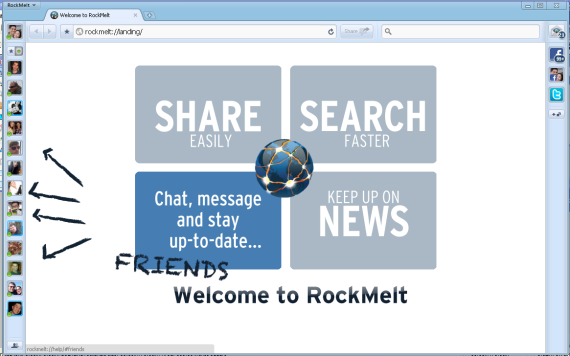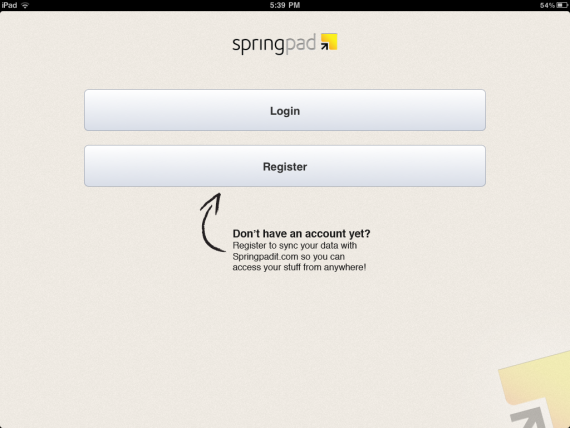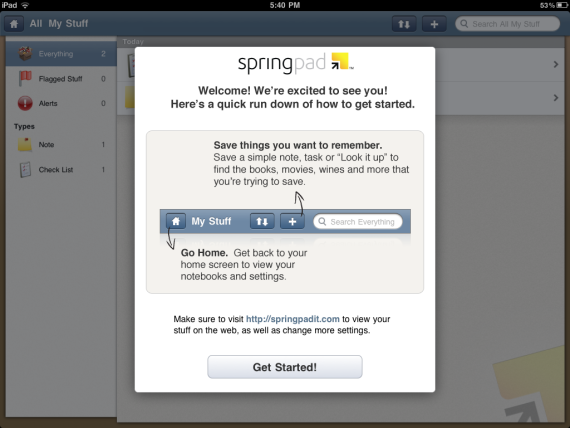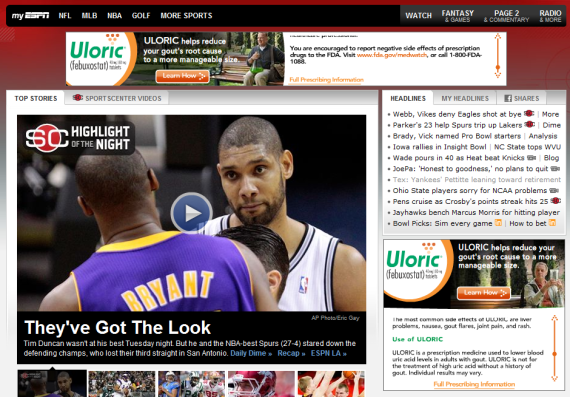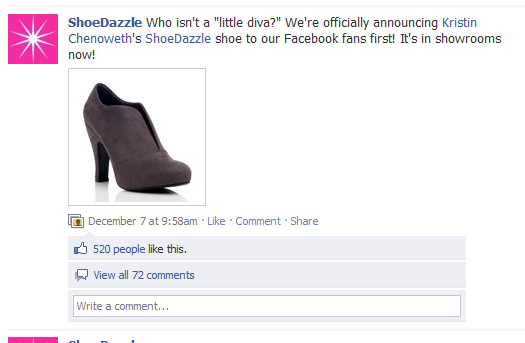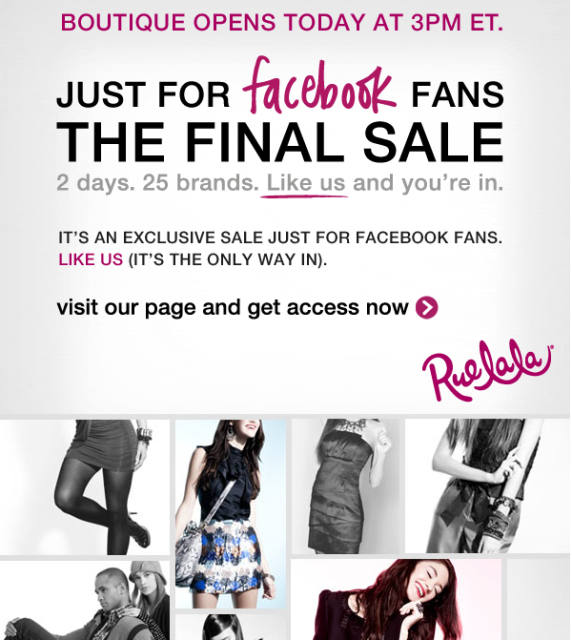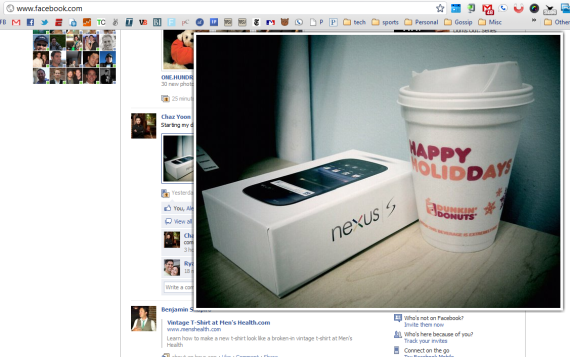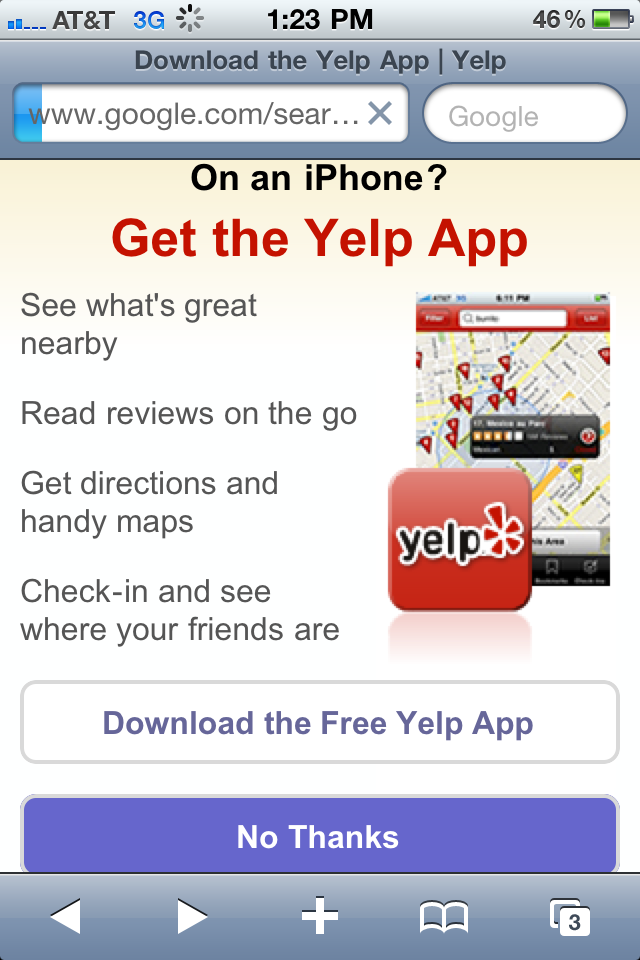What are the do's and don'ts when introducing game mechanics in a website? Note: this is my answer to a Quora question. I post them to my blog from time to time... which you can view here.
People can chime in with specific, tactical responses to the question... but my simplest response is probably the best: Game mechanics must be natural, rewarding and straightforward.
Think about classic examples of game mechanics: - eBay's feedback rating - Twitter followers - MySpace friends - Amazing Review counts - Quora answer votes - etc.
They share the same common characteristics: the mechanics fit clearly into the site experience and are unique to that environment. Furthermore, they are integrated deeply enough into the product / experience that they are never interpreted as 'game mechanics'.
Sites struggle when game mechanics become one of two things:
1) a superficial layer - ala creating a badge strategy that is neither rewarding nor core to the web experience.
and / or
2) too complicated - for instance, badges and rewards for a myriad of activities. Simpler is easier to digest and therefore easier to incentivize. This too is exacerbated by not being core to the experience.



